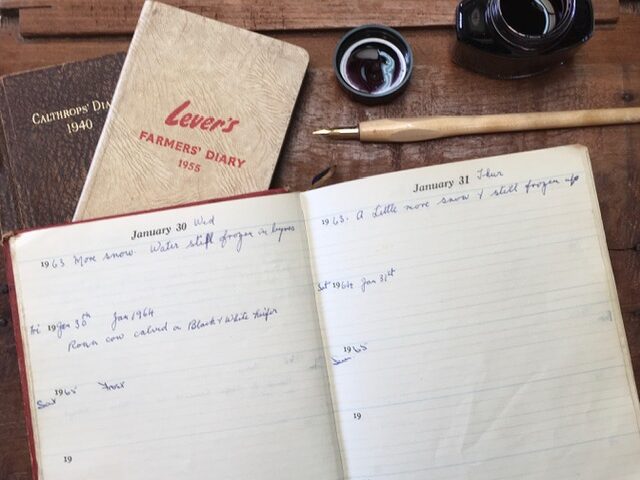What we do
Interim monitoring results for hay seed spreading
The North Pennines AONB Partnership’s Hay Time project was launched in 2006. A principal aim of the project was to restore upland hay meadows by harvesting seed from species-rich meadows and spreading it on meadows that have lost their special species.
Between 2006 and 2009 we spread seed-rich green hay on 35 meadows in the North Pennines. The plant communities in 30 of these meadows have been monitored either by AONB Partnership staff or experienced volunteer botanists since seed addition. There are a number of species which are particularly characteristic of upland hay meadows which we hope to see becoming established. We refer to these as positive indicator species. During meadow surveys, these species are given a score between one and four, the more special the species, the higher the score.
Interim results
In 24 of the 30 meadows monitored (80%) there was an increase in positive indicator species and in 9 of these meadows (30%) the positive indicator species score increased by more than 25. Positive indicator species scores remained the same in 2 meadows (7%) and declined in 4 meadows (13%).
Plants that we found to be very successful at establishing following seed addition include yellow rattle, common bent, eyebright, wood crane’s-bill, ragged robin and lesser trefoil.











